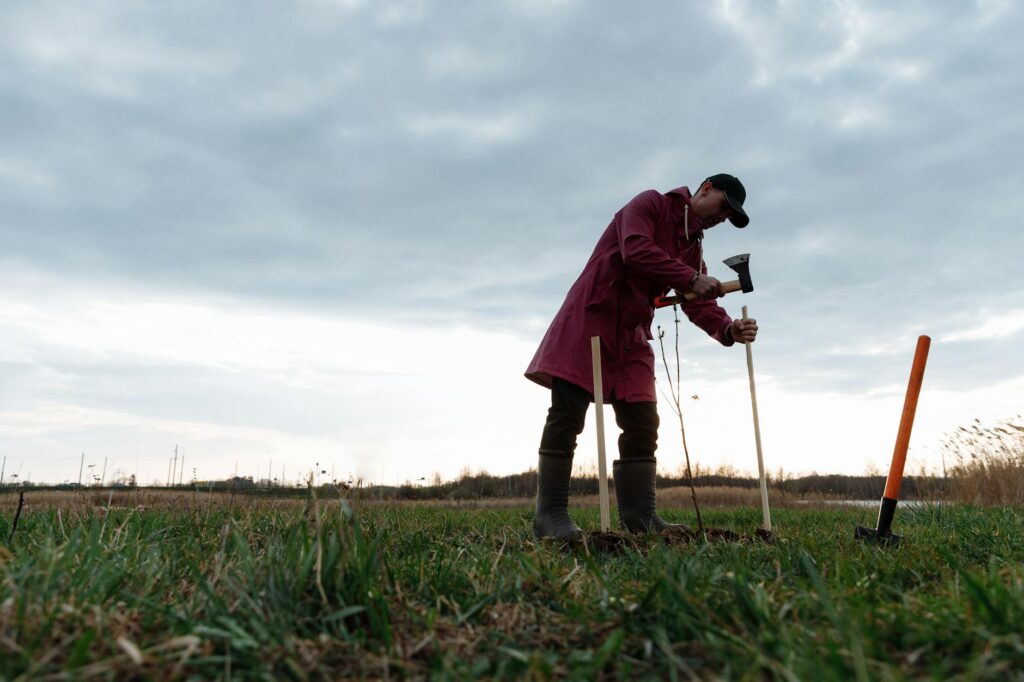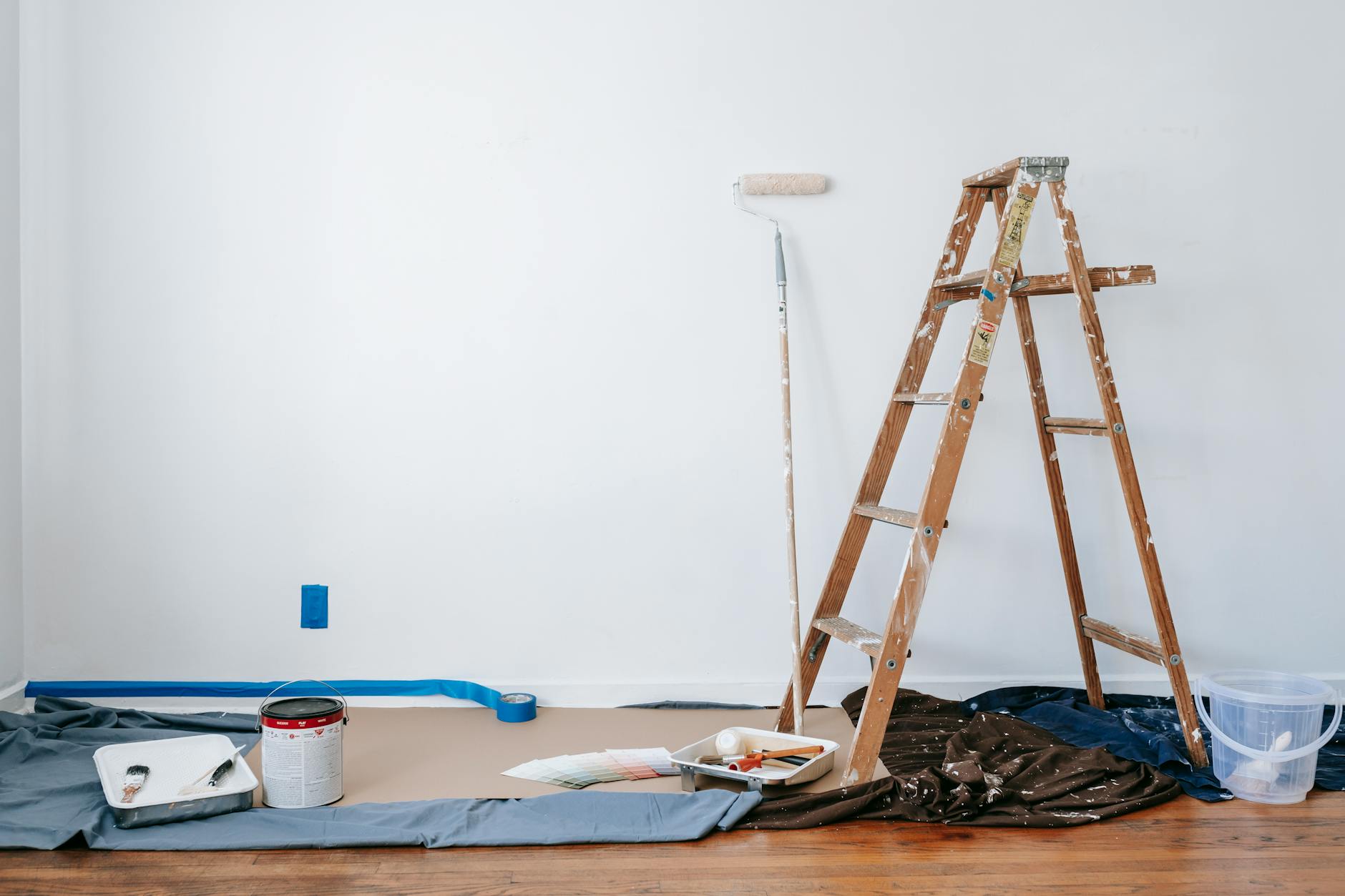Summer heat can skyrocket your energy bills, making you look for ways to save. One common idea is shading your outdoor air conditioning unit. But does it really work? Let’s dive in.
Understanding How AC Units Work
Before we discuss shading, it’s helpful to understand how air conditioners function. Your AC unit works by absorbing heat from inside your home and releasing it outside. The hotter the outside air, the harder your unit has to work, leading to increased energy consumption. This is where shading might come into play.
The Impact of Shade on AC Efficiency
Shading your AC unit can significantly reduce its operating temperature. A shaded unit will not absorb as much solar radiation which directly translates to less energy needed to cool your home.  This is particularly beneficial on hot sunny days.
This is particularly beneficial on hot sunny days.
Types of Shade for Your Outdoor AC Unit
There are many options for shading your AC unit. You can build a simple structure using readily available materials or purchase a specifically designed AC cover. Consider factors like aesthetics and the level of shade needed when making your selection. Learn more about DIY AC shade solutions.
Assessing Your Current Situation
Before investing in shade solutions, consider your climate and the amount of direct sunlight your AC unit receives. In areas with intense sunlight, the benefits of shading are most pronounced.  Observe your unit’s temperature on a hot day, both in shade and direct sun, to understand the impact of sun exposure.
Observe your unit’s temperature on a hot day, both in shade and direct sun, to understand the impact of sun exposure.
Materials to Consider for Shading
The best materials for shading allow for airflow to prevent overheating. Some good choices are lightweight, breathable fabrics or lattices. Avoid materials that trap heat, as this can be counterproductive. Read about suitable materials for AC shade.
Additional Energy-Saving Tips
Shading your AC unit is a great start, but combining it with other energy-saving measures provides the best results. Regular AC maintenance, such as cleaning the coils, is crucial. You can also consider upgrading to a more efficient unit. Check our guide for energy-efficient AC practices.
Cost-Effectiveness of AC Shading
While the initial cost of shading your AC unit might be minimal, the long-term savings on energy bills can be substantial. The ROI will depend on factors such as your climate, the type of shade you use, and your energy consumption. 
Potential Downsides of AC Shading
While generally beneficial, improper shading can also lead to problems. Poor ventilation can cause the unit to overheat, potentially leading to damage. Make sure to allow adequate airflow. Learn about proper ventilation techniques for your AC unit.
In conclusion, shading your outdoor AC unit is a smart move to improve efficiency and lower energy costs. By carefully selecting appropriate shading materials and ensuring proper ventilation, you can enjoy significant savings without compromising your unit’s performance. Remember to combine this with regular maintenance and other energy-saving practices for optimal results.
Frequently Asked Questions
What is the best way to shade my AC unit? The best shading method will depend on your specific needs. Simple DIY solutions often suffice, but professional installation may offer better longevity and integration with your landscaping.
Will shading my AC unit void my warranty? No, shading your AC unit typically will not void the manufacturer’s warranty. However, ensure you are using appropriate shading materials and techniques that don’t restrict airflow or cause damage.
How much money can I save by shading my AC unit? Savings vary based on climate, unit size, and shading effectiveness. However, many homeowners report noticeable reductions in their energy bills after shading their AC units.
Can I use any material to shade my AC unit? It’s best to use materials that allow sufficient airflow while providing ample shade. Avoid materials that trap heat or restrict the unit’s ability to expel hot air. Check out energy-saving resources.
How often should I clean my AC unit? Regular cleaning is critical for optimal performance and longevity. Ideally, clean or have your unit professionally serviced at least once a year, preferably before the start of the hottest months. Find a local AC technician.





